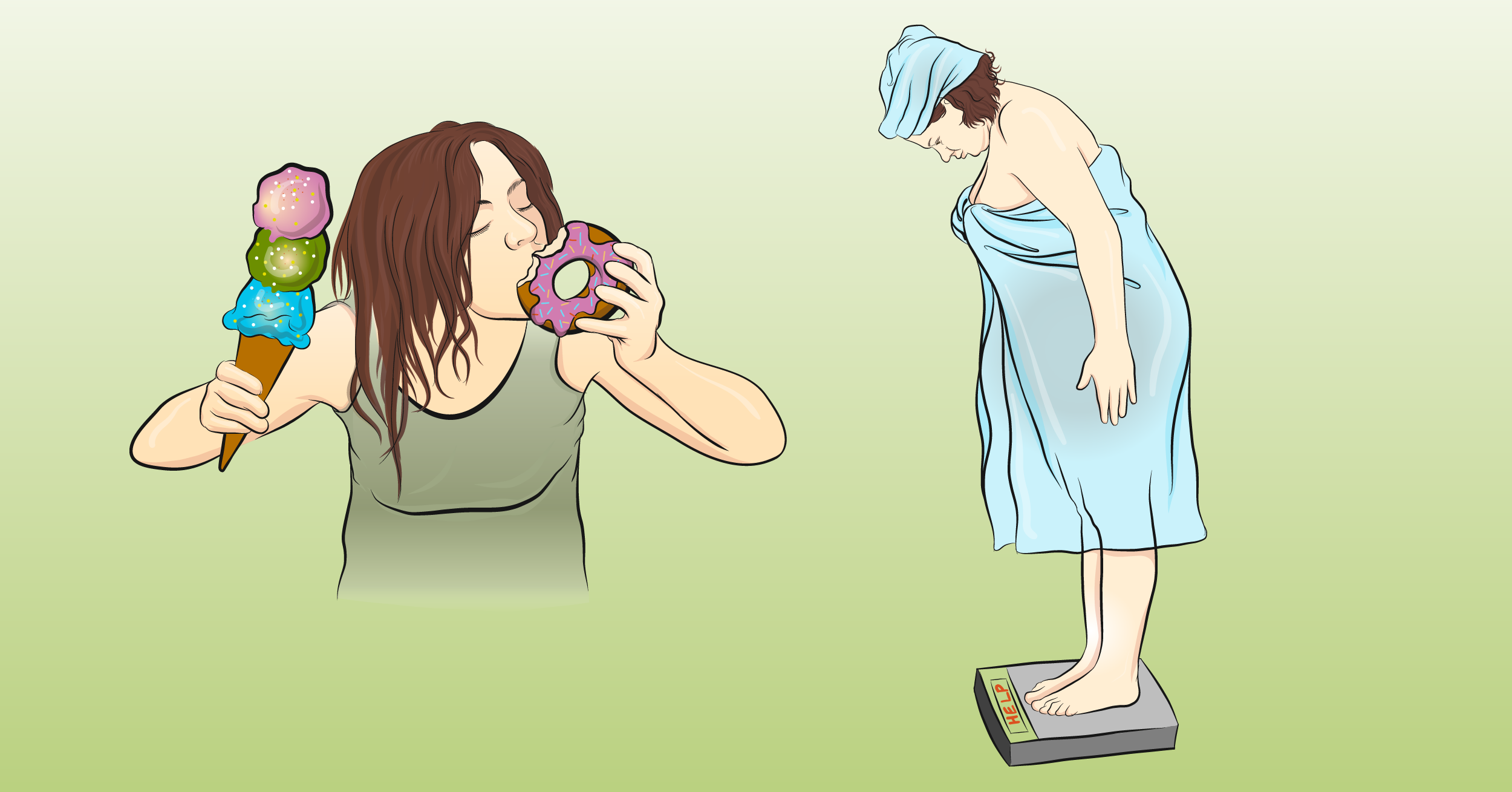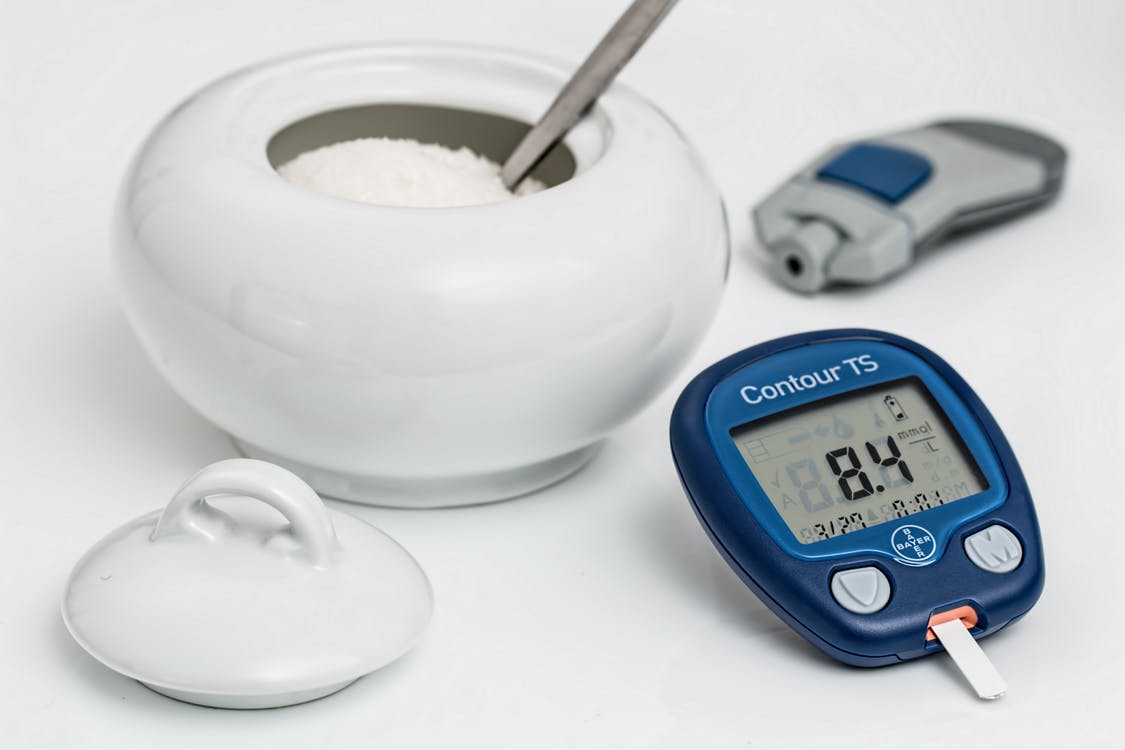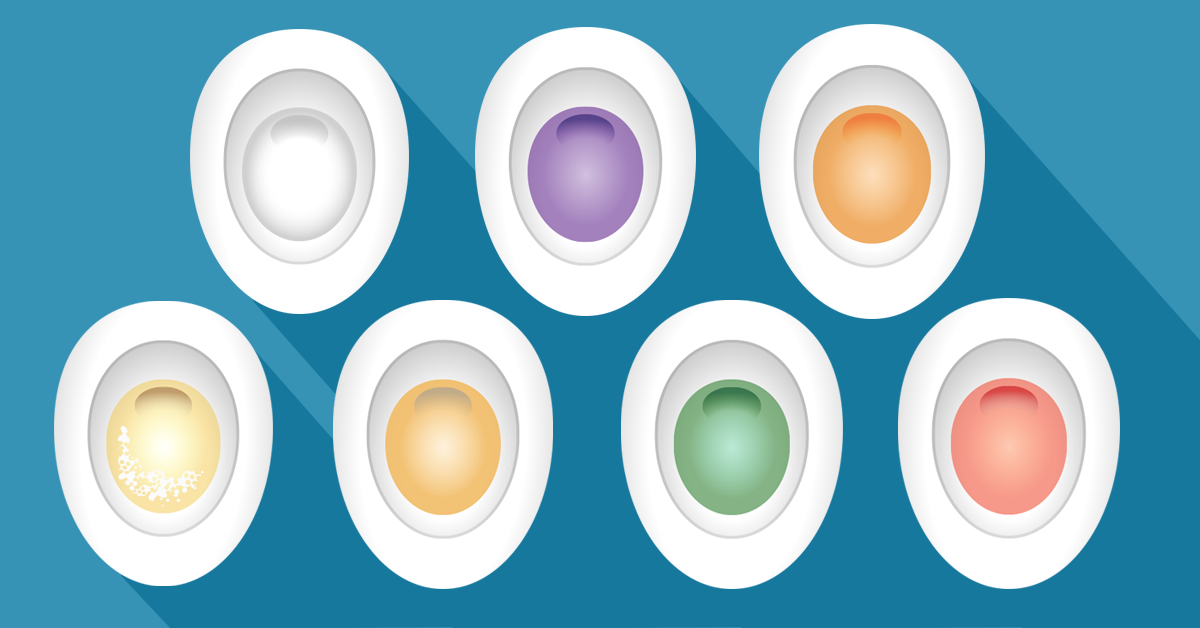Diabetes is an illness that concerns a lot of the American population, and it's on the rise. Just over 9% of the population has either type 1 or type 2 diabetes and doctors diagnose almost 5,000 people with this condition every single day. This totals to 1.5 million new cases of Americans being diagnosed every year with diabetes.
It is believed that there are 30.3 million adults with diabetes, 23.1 million were diagnosed, which leaves 7.2 million people left undiagnosed who have this disease.
Diabetes is a major cause of heart disease and stroke and is the 7th leading cause of death in the United States.
Despite it's well-known nature, there are still plenty of lingering untruths about the disease.
So let's set the record straight:
Myth 1: Overweight People Always Develop Diabetes
Type 1 and Type 2 Diabetes both involve insulin but they're different diseases.
Type 1 means that your body doesn't produce enough insulin while Type 2 means that your body no longer uses it effectively.
Most patients with Type 2 diabetes are obese, but only about one third of obese people have been diagnosed with diabetes according to the Center of Disease Control.
Myth 2: Diabetics Have To Always Carry Snacks
For Type 1 diabetics, this is true. Low-blood sugar can be life-threatening, so having a snack on hand is important to help keep blood-sugars up. For Type 2 diabetics though, it depends on the type of medication you're taking to manage the disease.
The key to diabetes management is to never go too long without having something to eat.
Myth 3: Only Older People Get Diabetes
Type 2 Diabetes was once known as "adult-onset diabetes" and it was because doctors diagnose adults between 45-64 the most. Now, that is no longer the case.
Over 5,000 children develop type 2 diabetes every year according to the American Diabetes Association. In fact, Type 2 diabetes has now been found in kids as young as 3 years old.
Continue to the next page for 4 more myths you need to realize are false.
Myth 4: Diabetes Treatment Is All Medicine and Diet
Yes, while medicine and diet are important factors in managing diabetes, but so is exercise. Regularly getting up and moving can help with insulin sensitivity. Even just getting up and walking more frequently can make a difference.
Your ultimate goal should be 10,000 steps per day, but can see like a lot, but it adds up quickly if you space it out over the course of an entire day.
Myth 5: Eating Too Much Sugar Will Give You Type 2 Diabetes
While diet is a major factor in Type 2 diabetes, genetics, smoking and lack of exercise play key roles, as well.
If you're concerned about your risks of developing diabetes, talk to your doctor and see what sorts of tests can be done.
Myth 6: Diabetics Can't Eat Fruit
While diabetics need to be aware of how many carbs they're consuming each day, produce is exactly the kind of carbohydrate they should be eating.
"Fruit is nutrient-dense and loaded with health-shielding plant compounds," says Jill Weisenberger, R.D.N.
Include fruit in your diet along with a source of protein like a tablespoon of nut butter, a slice of low-fat cheese or a hard-boiled egg.
Myth 7: One Diet Works Best for All Diabetics
When it comes to your health, there is rarely a one-size-fits-all solution. One universal truth about the disease is you need to cut back on processed foods, eat more vegetables and fruit. What that looks like, is up to you.
A 2015 study showed that a high-fat, low-carb diet improved blood glucose stability and reduced the need for type 2 diabetes medication. While 2013 research suggests that a Mediterranean diet can also lead to better blood sugar control, heart health and weight loss.
"There is no such thing as an all-purpose diabetes diet," Weisenberger says.
How many of these myths did you believe? Share with us in the comments.








